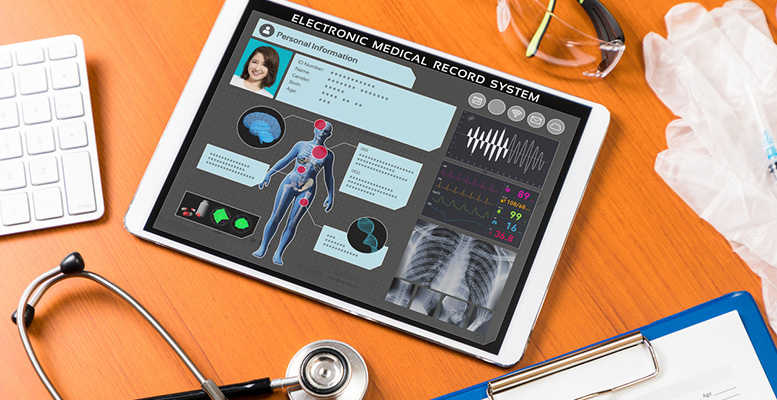
The initial move towards the Digital Health Revolution is that healthcare providers are now recognizing that the industry is shifting its focus to patient care, who is now the customer, and that they need to utilize the technology to improve the patient experience. HealthTech services, explicitly, set the standard for dynamic healthcare experience and conventional medical organizations are concentrating on the benefits of engaging with patients in new, technologically-enabled ways.
With the latest developments in healthcare and technology, patients have access to information and services that allows them to make decisions and determine the type of medical treatment they want to receive. Many medical experts approve the patient-centered approach broadly as a very qualitative method with positive results.
What is patient centricity?
“Patient centricity” can be outlined as the process whereby a service or solution is designed around the patient. A patient-centric approach is a way of establishing partnerships among physicians, patients, and their families in the healthcare system to align decisions with patients’ desires, requirements, and preferences. It also involves providing detailed information and support patients’ needs to make these decisions and be active in their treatment.
Why is it necessary to have a patient-centric approach?
A patient-centered approach is evaluated as a gateway to effective healthcare.
Healthcare experts believe that patient-centric care can bring significant benefits to both the business and the medical sector.
- On a business front, patients who report positive experiences have more trust in their providers and are less likely to switch physicians, allowing continuity of their health care and contributing to patient retention.
- From the medical perspective, it shows that patients respond better to medications, have fewer symptoms, and often have reduced risk of relapse or hospital readmission.
Patient-centered health-care benefits include:
- Continued interactions between patients, health care professionals, and other stakeholders make patients aware of their health conditions and treatment possibilities leading to improved care.
- Engagement, coordination, and cooperation of health care experts with patients make the decision-making process more timely and effective.
- Improved treatment efficiency and increased patient satisfaction with the health care services received.
- Increased competitive edge among hospitals based on cost and quality of healthcare provision.
Challenges involved in implementing the patient-centric approach:
The evolution of a patient-centered approach demands both time and cost, but the main difficulty lies in changing the existing culture. The healthcare systems must ensure that doctors and their staff are well-prepared, adequately trained, and proper expectations are set across the organization. Patient-centric care may bring financial pressure to healthcare organizations.
How digital health leads to patient satisfaction?
As patients presume the role of a healthcare customer, focusing on the services they provide to their patients becomes very much essential for healthcare providers. Digital health simply involves enabling patients to connect to their physicians and personal data remotely by using a digital channel. When these digital health technologies are effectively implemented, it becomes a critical factor in ensuring patient satisfaction.
To meet the ultimate objective of patient centricity, organizations should incorporate innovative technology and resources to assist people and implement processes to deliver customer satisfaction goals. Healthcare systems must adequately utilize data and digital technologies to improve the patient experience.